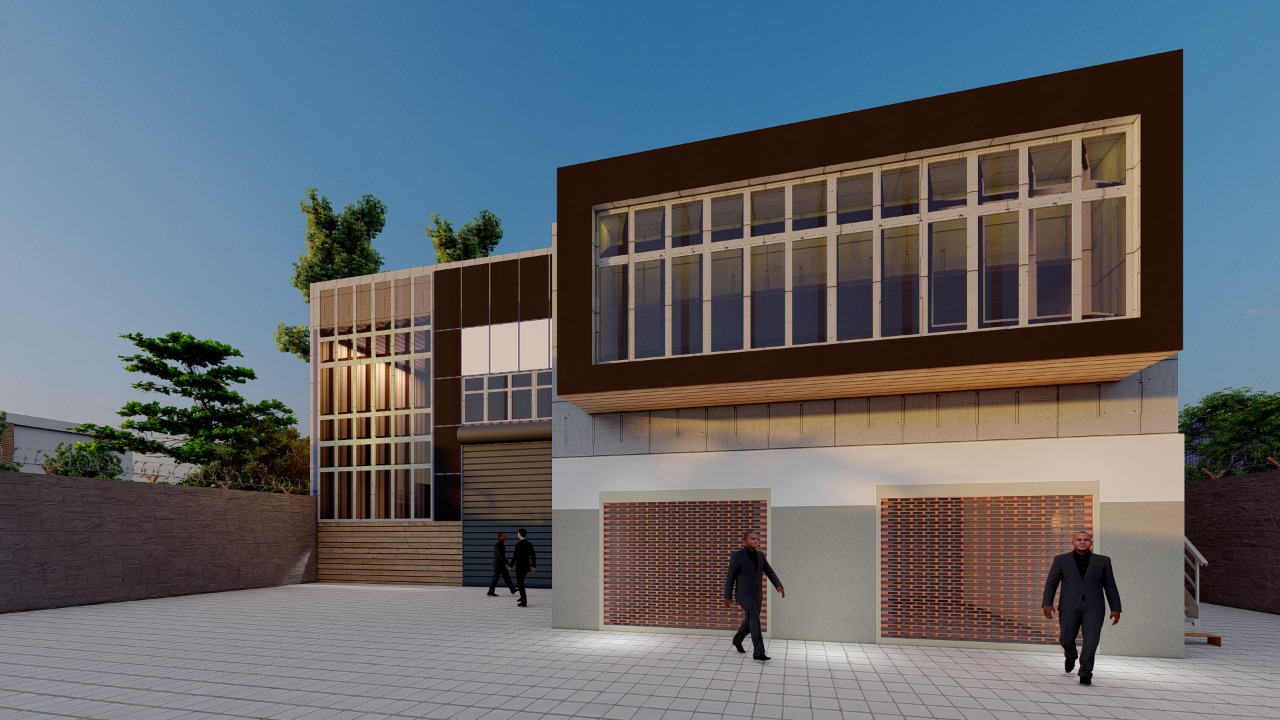Architects in Pune have many problems to deal with.
Architects in Pune have a hard time because there isn't a lot of space and there are a lot of people. This means they have to think of creative ways to design buildings that use the space they have in the best way possible. Architectural in Pune are confronted with several difficulties as a result of the city's limited space and growing population. The scarcity of space necessitates the need for architects to devise creative design solutions to maximize the use of available resources.
Here are some key architectural challenges faced by professionals in Pune:
- Space Constraints: With the rapid urbanization and a growing population, finding adequate space to accommodate new buildings or expand existing ones has become extremely challenging. Architects have to work within tight spaces, leaving them with limited options for creating functional and aesthetically pleasing designs.
- Building Regulations: Pune has strict building architect services in Pune regulations and zoning laws that architects must adhere to while designing structures. These regulations often impose restrictions on building height, floor area ratio (FAR), setbacks, etc., making it even more difficult for architects to optimize available resources efficiently.
- Infrastructure Limitations: The existing infrastructure Architectural planning in Pune is not always equipped to handle the increasing demands of a growing population. Architects need to consider these limitations while designing structures and ensure that their designs integrate seamlessly with the surrounding infrastructure.
- Sustainability and Environmental Considerations: Given the lack of resources, the use of sustainable design concepts has become an essential component of Pune's architectural landscape. An increasing number of architects are effortlessly incorporating energy-saving technologies, eco-friendly building materials, and novel rainwater collecting methods, among other things, into their creative blueprints, thereby reducing their environmental impact.
To tackle these challenges effectively, architects are adopting various innovative design solutions:
- Vertical Expansion: Due to limited horizontal space availability, architects are exploring vertical expansion as a solution by constructing taller buildings or adding extra floors atop existing structures.
- Compact Designs: Architects focus on optimizing every inch of available space by designing compact layouts that maximize functionality without compromising on aesthetics or comfort.
- Adaptive Reuse: Transforming old or underutilized buildings into new functional spaces is gaining popularity among architects as a sustainable solution for addressing space constraints while preserving historical architecture.
- Mixed-Use Developments: Architects are increasingly designing mixed-use developments that combine residential, commercial , and recreational spaces within a single project. This approach optimizes land utilization and promotes walkability. Pune's architectural challenges due to limited space and population growth necessitate innovative design solutions that optimize available resources. By embracing compact designs, vertical expansion, adaptive reuse, and mixed-use developments while considering sustainability and environmental factors, architects in Pune can create efficient and aesthetically pleasing structures for
Addressing the architectural issues presented by space limits in Pune
Addressing the architectural issues presented by space limits in Pune is no easy undertaking. It requires a deep understanding of sustainable building methods, which Arcade Infra in Pune serves to demonstrate the Best Architects for residential in Pune. Embracing sustainability is not a fad; it is essential for Pune's future. Arcade Infra suggests an ongoing dedication to developing a more sustainable and enjoyable urban environment by incorporating ecologically sensitive design principles, building energy-efficient structures, and infusing verdant green areas into the cityscape. As Pune grows and evolves, these sustainable practices will play an important part in determining its urban growth and development, leaving a legacy for future generations to enjoy and profit from.



